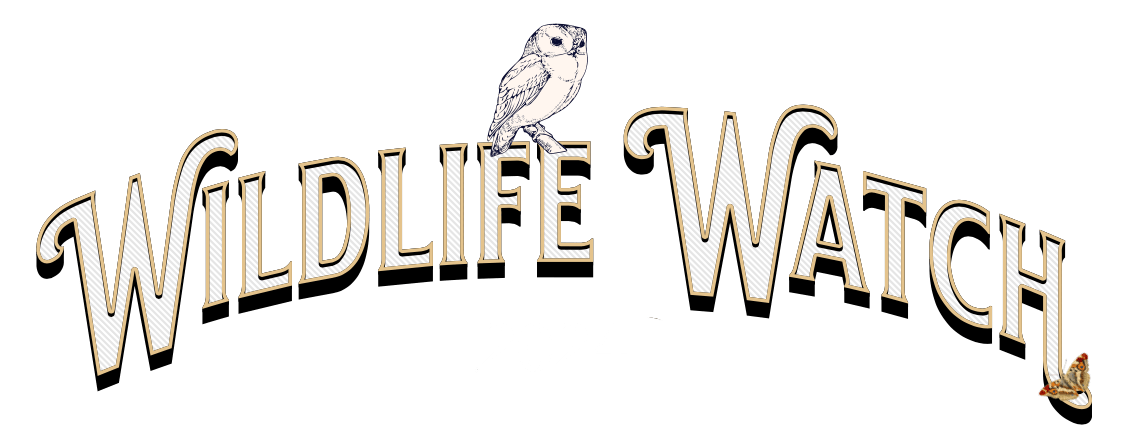
NOVEMBER

BY DAVID CUMMINGS BEM
Isles of Scilly in September
For this month’s Wildlife Watch I would like to share with you some memorable moments from our short holiday on the Isles of Scilly in September. These unique islands about three hours sail from Penzance, are just remarkable. They are an Area of Outstanding Natural Beauty, a protected environment supporting globally important species and a unique heritage. More than 60% of the islands are looked after by the Scilly Wildlife Trust. The quality of life and peaceful existence is what visitors are drawn back to time and again. Its not a time warp, but things move more slowly and there is more time to draw breath, than on the mainland. There is some traffic, but it doesn’t race or rush around, and the main means of getting to most of the islands is by boat.
We were based on St Mary’s, staying at the Star Castle Hotel, high up on The Garrison. The hotel dates from the time of Elizabeth 1st, with the Garrison walls and defences probably earlier. It is a unique place, and from here you can spot lots of sea birds, have regular sightings of seals and dolphins, and a myriad of flowering species. The flowers were spectacular in early autumn, they must be magnificent in spring. Most of the outlying islands can be seen from the high point of the Garrison, and can also be reached by a daily ferry service from Hugh Town.
On this visit we explored the “Norman” Old Town on St Mary’s, visiting the old Church of St Mary The Virgin, Isles of Scilly. The church itself is fascinating, but the churchyard full of graves of sailors who perished on the dangerous seas around the islands, and the grave of Sir Harold and lady Wilson who loved these islands. The walking was gentle, and we saw lots of small birds, including, stone chat, wheatear and little terns. There are lots of beautiful sandy beaches, and here we saw sanderlings, ringed plover, turnstones and oystercatchers. What was remarkable is that they were feeding on crab meat, from spider crab shells washes up on the sand and purple jelly fish. There was clearly a problem with these jellyfish, as thousands of them had been washed up on the shore. In fact we learned that many cold water swimmers, on the islands for a special Scilly Swimquest Challenge, had been stung. The excited group of small waders seemed to relish the new food source, but the colour indicated that they were dangerous to humans. I photographed them in the sea off Samson, on route from the island of Tresco to the smaller island of St Agnes.
On this short stay we managed to take boats to The Eastern Isles, where we saw the seals and their pups, to St Martins and its magnificent beaches, to Tresco and the amazing tropical gardens, and an offshore view of Samson and some unique bird breeding sites, and to St Agnes, mainly for some remote archaeological remains and some superb sea shore creatures including sea urchins. Among the sea birds we spotted were manx shearwater, storm petrel, shag, cormorant, grey heron, little egrets and common sandpiper. These were in addition to the daily sightings of the small waders described above, which could immediately be recognised by the way the sanderling and ringed plover in particular, scurried along the shoreline. They were quite tolerant of me with my camera, letting me get quite close each day.
The highlight for anyone remotely interested in nature, is a visit to the Abbey Gardens on Tresco. It’s a steady 20minute walk from the quayside to the gardens, walking through the most delightful coastal scenery. Then wham, the first surprise is a colony of red squirrels. There must have been close to twenty individuals playing and feeding near the entrance to the gardens. Then your senses are made alive by the colour, texture, and scent of tens of thousands of flowers, bushes and trees. Plants from every Mediterranean climate zone across the globe. From Brazil to New Zealand, Australia to South Africa. It really is a world garden. It is divided into terraces, with meandering paths weaving between each layer, and green glades interspersed throughout. The garden leaflet description says “it is a jungle; you can spend hours getting lost amongst the succulents, palms, towering echiums, and drifts of pelagonium” Even in winter there are usually around 300species of plants in glorious bloom. There is so much to see and admire on these wonderful islands, that we have already booked to return next spring to see the flowers in particular, in even more glorious profusion and colour. By that time the tens of thousands of breeding birds, including puffins, guillemots, kittewakes, fulmars, shearwaters, petrels, gannets and both common and little terns will have returned, helping to make this a very Special Protection Area for seabirds. There is also the potential of seeing seals, porpoise, dolphin and even several species of whales.
-
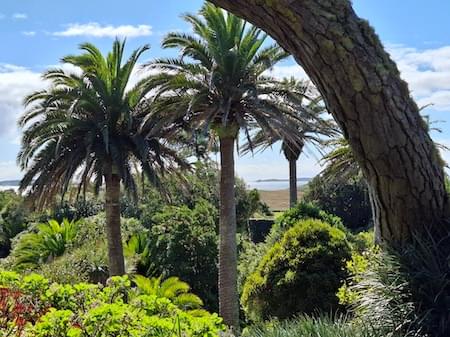
Tresco Tropicl Gardens
-
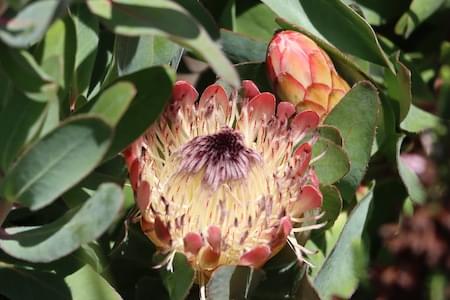
South Africa border Protea
-
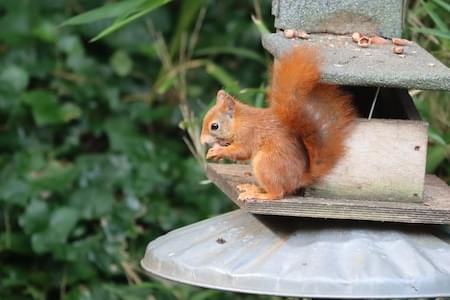
Red Squirrel Feeding
-
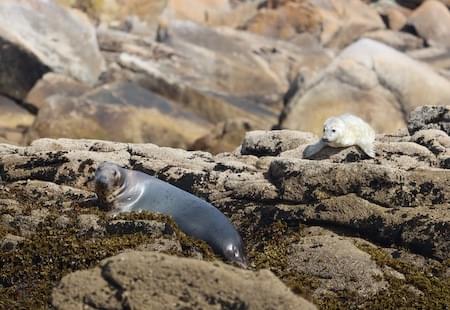
Atlantic Grey Sea
-
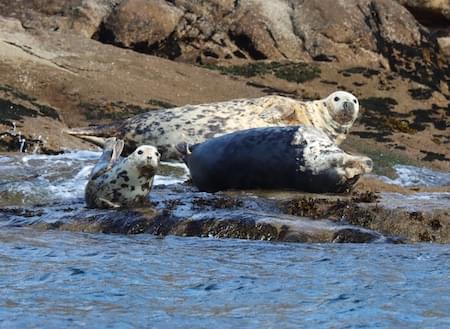
Grey Seal Family
-
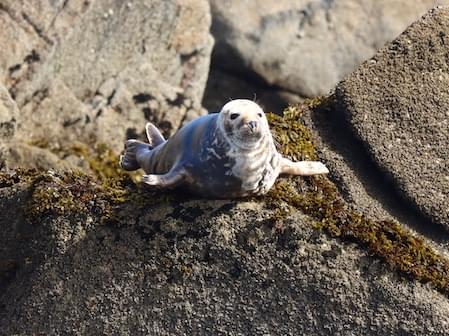
Grey Seal Pup
-
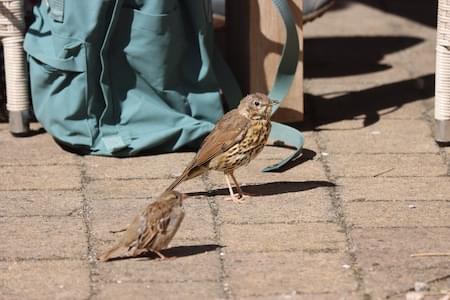
Song Thrush
-
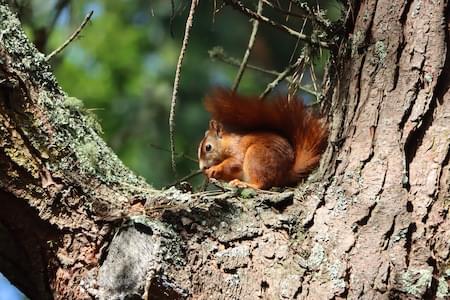
Red Squirrel
-
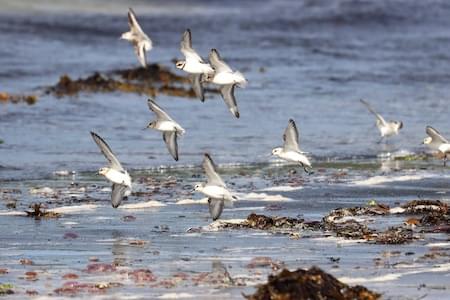
Waders on the Shore
-
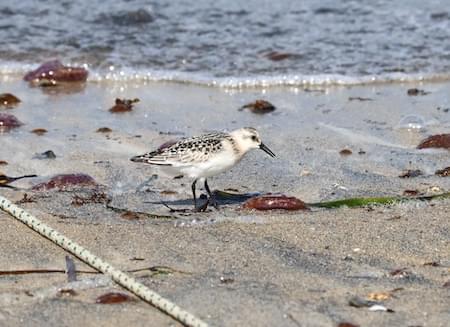
Sanderling
-
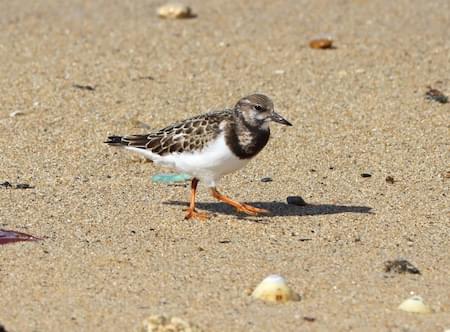
Turnstone
-
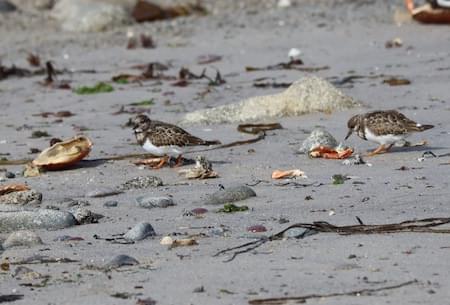
Turnstones
-
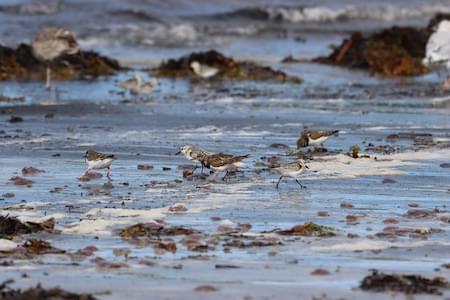
Waders on Town Beach
-
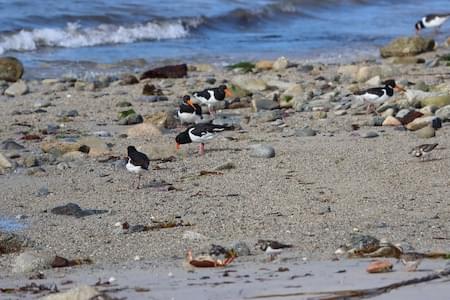
Oystercatchers and Waders
-
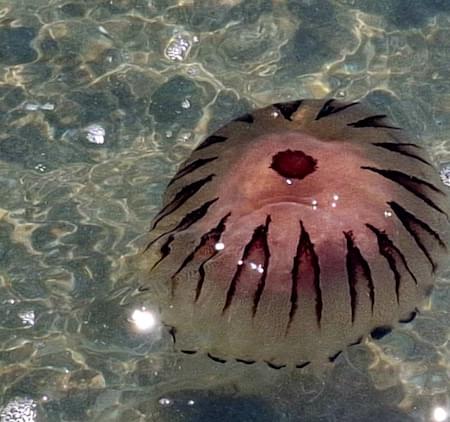
Compass Jellyfish
-
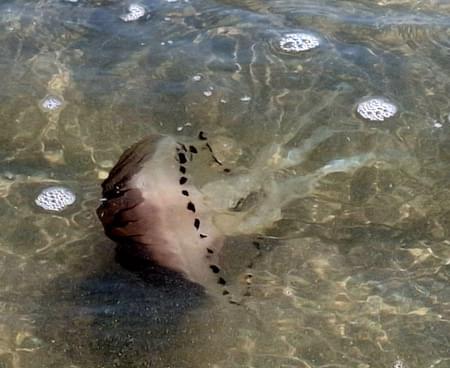
Compass Jellyfish
-
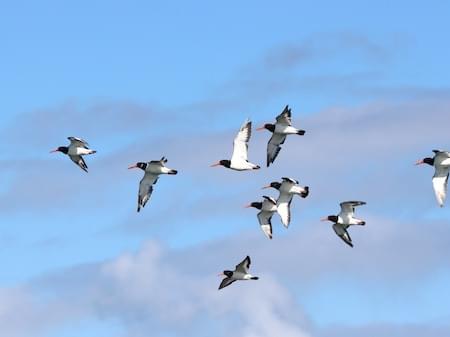
Oystercatchers in Flight
-
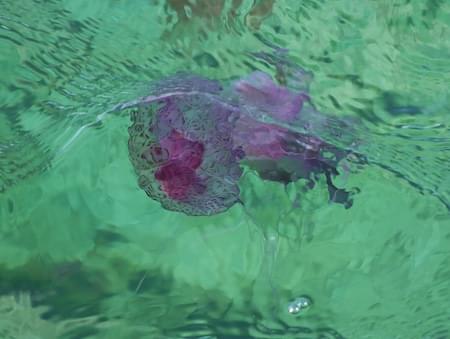
Purple Jelly Fish
-
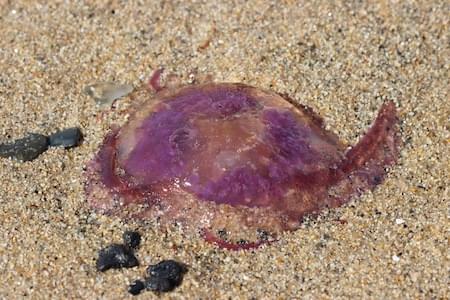
Poisonous Purple Jellyfish


















